Russian forests are full of bizarre macromycetes. Due to its unusual appearance - its resemblance to deer horns - the mushroom of the higher fungi department of Bazidiomycetes got its name deer horns. There are several more names for this fruit - hornet, coral-like blackberry, coral, etc.
Having met a hornet in the forest, not every mushroom picker dares to cut it. This is due to a rather exotic appearance. This species is considered edible, and therefore, before it was entered in the Red Book, it could be collected and prepared in a variety of ways.
Content
Characteristic features of the variety
The botanical name for coral is Ramaria yellow, which belongs to the horned family. The shape of the hornet resembles the branching deer antlers or underwater coral.
Description of deer horns and photo of the mushroom
The photo clearly shows that the ground part of the fungus deer horns is very branched.
Its color depends on several factors:
- habitat;
- climate features;
- age.
Branches can be painted beige, light brown, light yellow, orange or purple. Basically, the height of the fruiting body does not exceed 7 cm, but the width varies from 15 to 30 cm. When pressed against the fruit, a light brown tint appears. The horned slice has a marbled yellow color. The mushroom has a pleasant aroma that resembles the smell of freshly mowed grass.
Morphology
The tops of old hornies accumulate substances that give it a bitter taste. Therefore, the upper branches are not used for food. The mushroom itself is distinguished by taste from its relatives, because it does not have a pronounced mushroom taste. Raw slings are quite elastic, and after cooking become harsh.
Very similar to the golden yellow blackberry ramaria. Differences between these specimens can be seen only under a microscope. Nothing terrible would happen if you cut off the double, because both frames are edible.
Habitat
This species is extremely rare. You can find such a treasure in the regions of the Far East, Karelia, the Caucasus, Western and Eastern Siberia, as well as in Crimea. Most residents of the central part of our country are not even aware of the existence of such “forest bread”.
This is due to the characteristics of the growth of hornet. They live in humid and shaded places. Most often, they can be found in a pine or deciduous forest, where the most valuable specimens grow.
Edible or inedible
Horned ones are both edible and inedible. In this regard, you should carefully study the yellow ramaria, so that you can distinguish it from other relatives. All doubles of blackberry are moderately poisonous or conditionally edible, so their use in food can not lead to death.
Yellow ramaria is an edible mushroom, but it is important to follow some precautions before eating. For cooking use only the base, because the branches have a bitter aftertaste. Overripe fruits are considered unsuitable due to the large accumulation of bitterness.
When and how to collect?
When collecting, you should be extremely careful, because among the horned ones there are many poisonous doubles. Edible corals are collected and harvested from August to September inclusive. During this period, they can be found in the undergrowth by single "bushes" or by groups of several horned ones.And in the southern part of the country they are collected even in the winter.
There are several rules that should be followed when collecting a yellow frame:
- Old mushrooms should not be cut off, because they have a bitter taste. Only young hornets are collected.
- It is better to avoid suspicious corals, especially those that grow on stumps. Outwardly, they look like hornets, but in fact they are poisonous. Conventionally edible calocera sticky also lives on deadwood and stumps.
- If coral grows near a road, it is best to leave it. He, like most representatives of the mushroom world, is able to absorb exhaust fumes, dust and other harmful substances. It is advisable to pick mushrooms in ecologically clean places.
How to distinguish from false, poisonous mushrooms?
It is important to remember that the hornet has a lot of doubles, which are inedible or even poisonous representatives of the mushroom world. The first thing you need to pay attention to when collecting is the color of the bush. At a young age, mushrooms are painted in milk, beige or yellow.
Older specimens, which are considered inedible due to bitterness, have a bright orange color. The place of cut becomes a marble-yellow hue, and when pressed on the fruit body, a light brown hue is formed. The smell of mushrooms is very similar to the scent of mowed grass.
Beautiful ramaria is a close relative of yellow ramaria, so they are quite similar. Unlike an edible congener, beautiful ramaria is a poisonous mushroom. Distinguishing them is quite difficult, especially for beginner mushroom pickers. Sometimes, when pressed on a poisonous fruiting body, a red tint appears on the pulp.
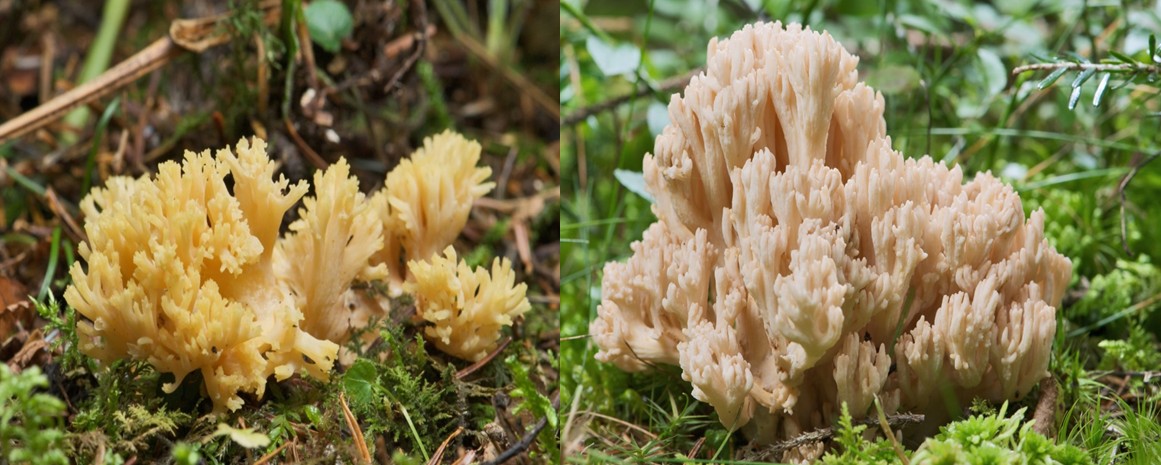
The processes of this species have a white-yellow color at the bottom, and the apex is painted in a yellow-pink hue. Experienced mushroom pickers know that old false horns have a brownish-brown color. Ramaria yellow has a lighter shade, but the main differences can be seen only in the laboratory.
Benefits, Limitations and Recipes
In addition to excellent taste, the slingshot has some useful properties. It contains amino acids, sterol, lipids and phytoagglutinin. The fungus is especially popular in Chinese medicine, where it is used to treat gastrointestinal tract disorders and respiratory tract diseases. The use of horned meat can strengthen the immune system.
There is an opinion that this species has an antitumor effect. Young specimens are also used in cosmetology, because its cells are able to slow down the aging process.
Eat yellow corals in small portions. There are no special restrictions, except for individual allergic reactions. After collecting, you should thoroughly wash the hornets, because a lot of garbage is collected between the branches.
Like other congeners, the slings require cooking for about 30 minutes. They are pre-washed and cut into small pieces. Of these, you can prepare sauces, salads, filling for baking and prepare for the winter in a marinated form.
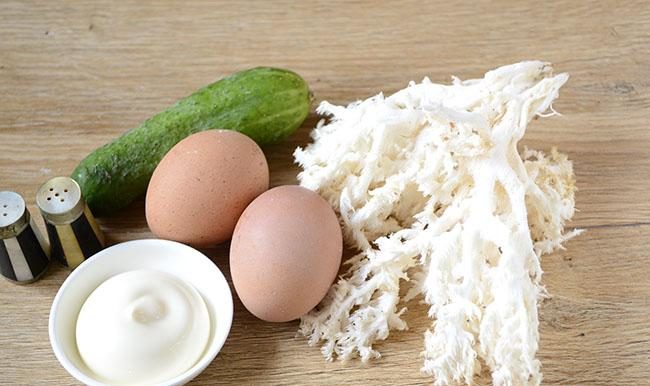
To prepare a delicious salad, you should prepare the following ingredients:
- 150 g of boiled horned meat;
- 150 g of fresh carrots;
- one medium onion;
- 2 tbsp. l table vinegar;
- 1 tbsp. l vegetable oil;
- two cloves of garlic;
- spices and herbs to taste.
Mushrooms are mixed with carrots and chopped garlic. After that, season with sunflower oil, add salt and spices. The resulting mixture was well mixed and left for 30 minutes. At this time, you can prepare the onion.It is cut into thin rings and pickled in vinegar. All ingredients are mixed and let the salad brew for several hours.
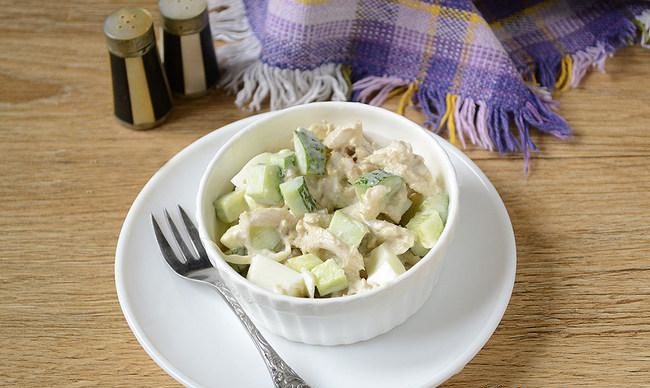
It turns out very tasty soup. For cooking, you need such products:
- potatoes;
- carrot;
- onion;
- butter;
- clove of garlic;
- herbs and spices to taste;
- 300-400 g of mushrooms.
The horns are boiled in a separate bowl for 20 minutes, after which they are poured into a colander so that the water is well glass. Next, start cooking soup. Potatoes, carrots, onions and garlic are added to cold water. After boiling, boiled mushrooms are poured into the pan and boiled over low heat for about 10 minutes. Then add salt, spices and herbs. It turns out easy and tasty mushroom soup.
Answers to Common Questions
Unusually shaped mushrooms cause a lot of questions among mushroom pickers:
When collecting any mushrooms, some rules should be strictly observed: the crop is cut, and not torn off; the earth and moss in the forest should not be heavily tilled or dug up; picking mushrooms in reserves is prohibited; mass collection of any kind will necessarily lead to its extinction.
The rubbery flesh of Kalocera has a reddish tint. False mushroom has no taste and smell. The fruiting body has pointed branches and is colored dark yellow or orange. Real yellow corals are very similar to Kalocera, for which the cartilaginous and gelatinous consistency of the fruit body is not characteristic.
Coral blackberry is one of the most unusual representatives of its family. It is famous not only for its interesting shape, but also for good taste. But when collecting this species, one should be extremely careful, because it can be easily confused with false corals.

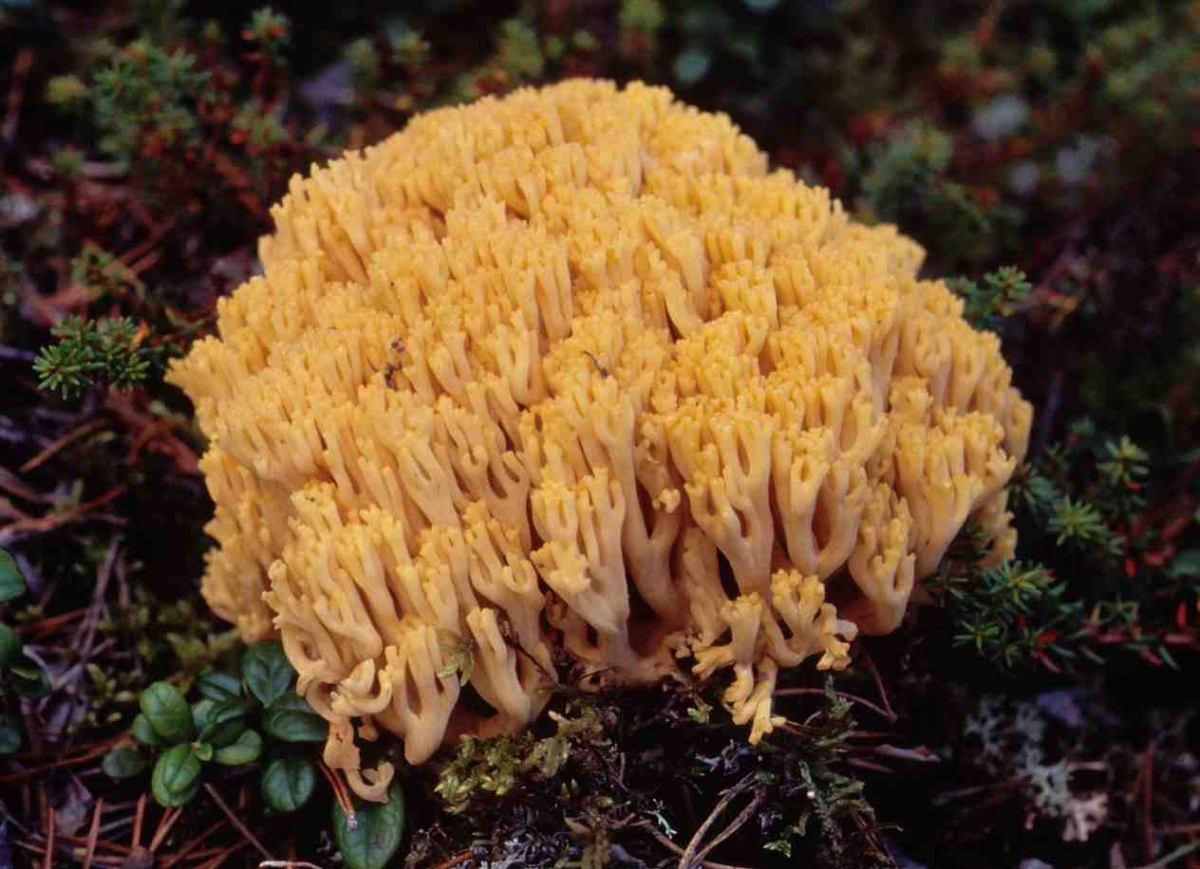
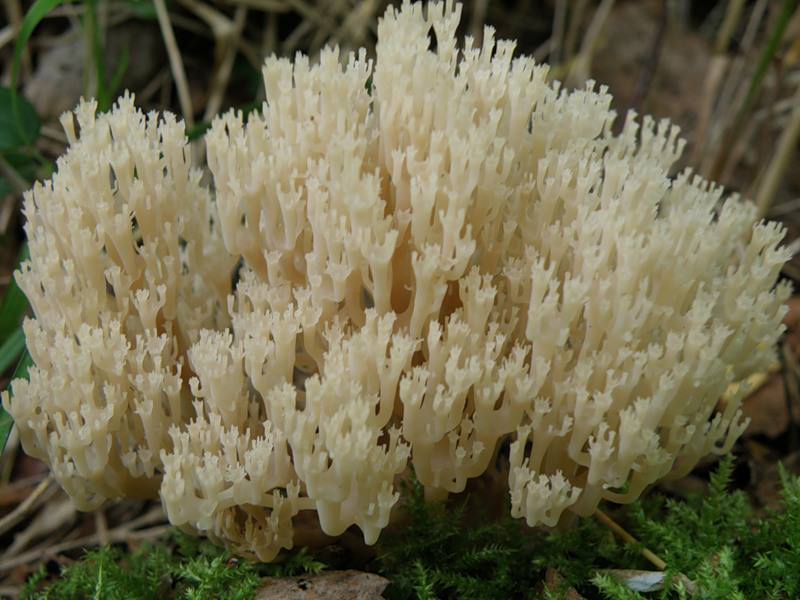
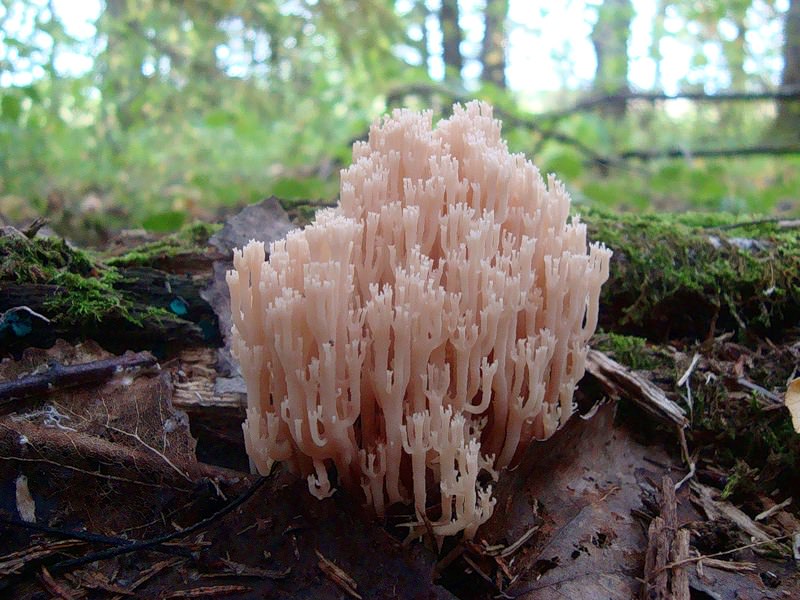
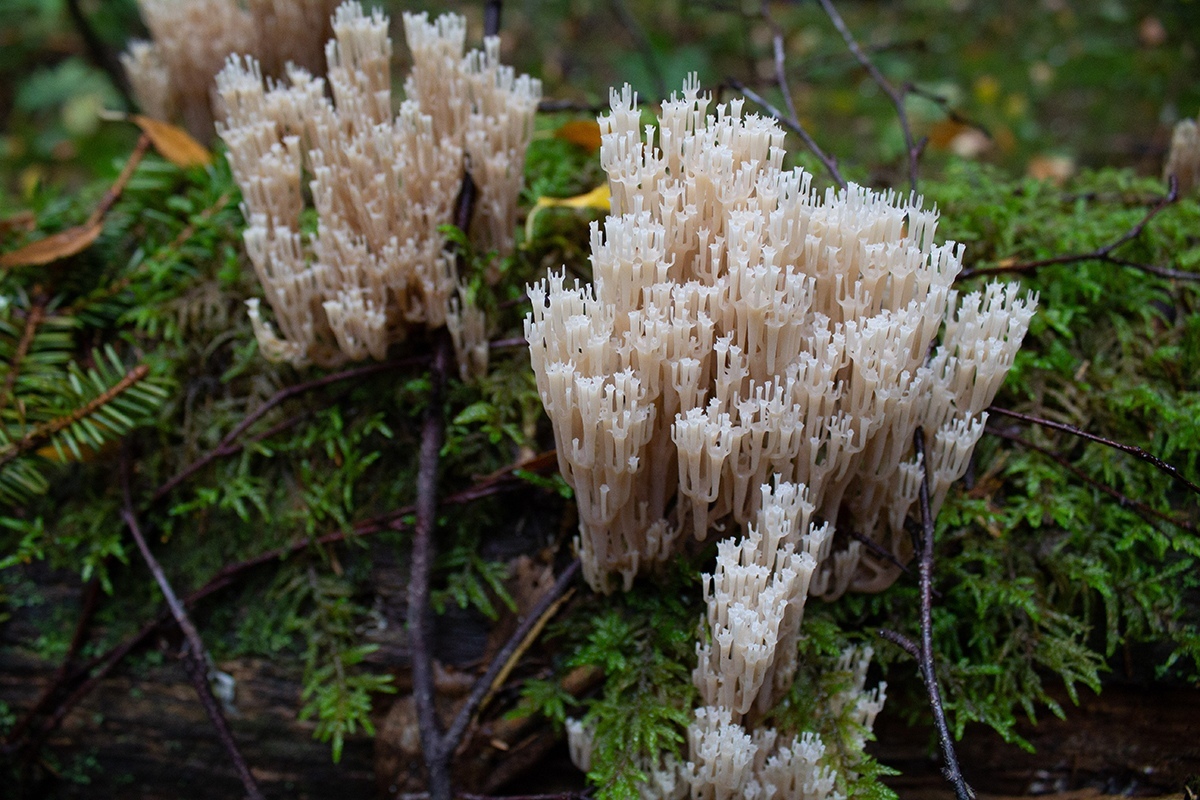
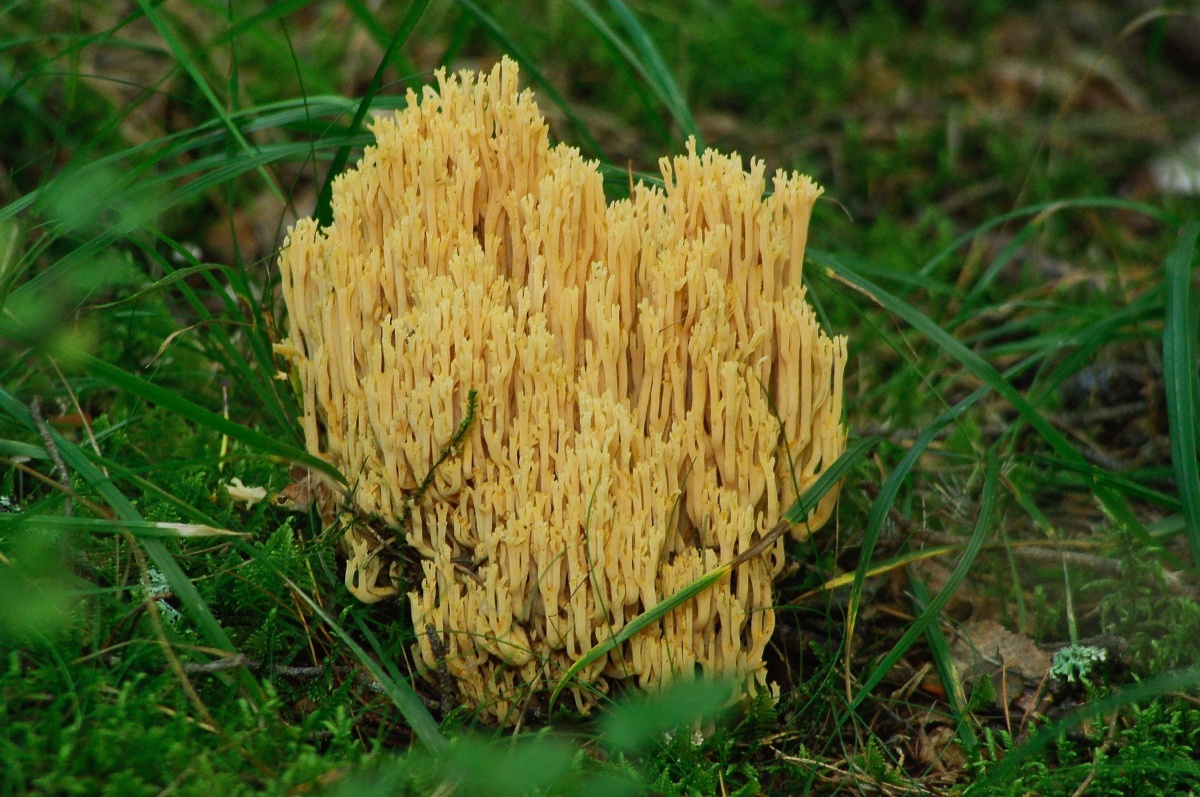
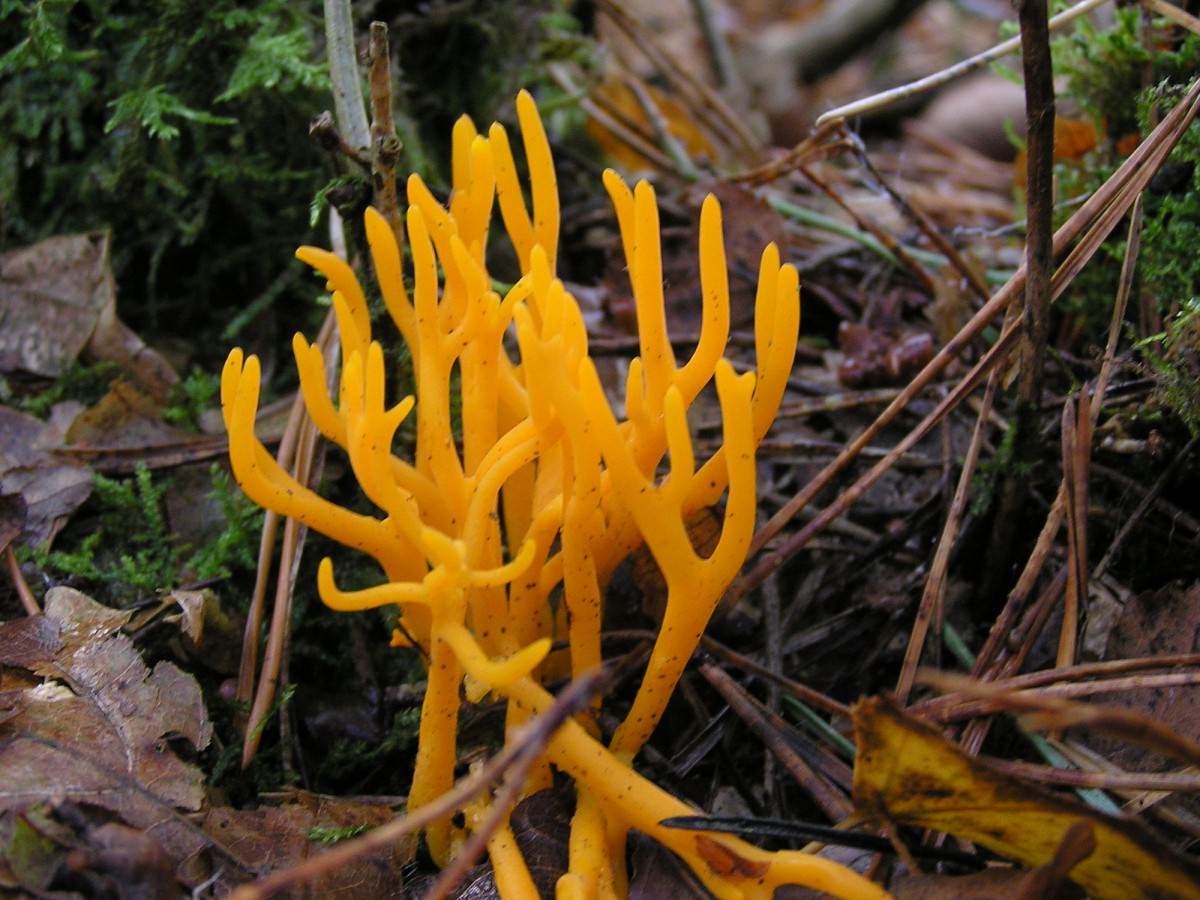
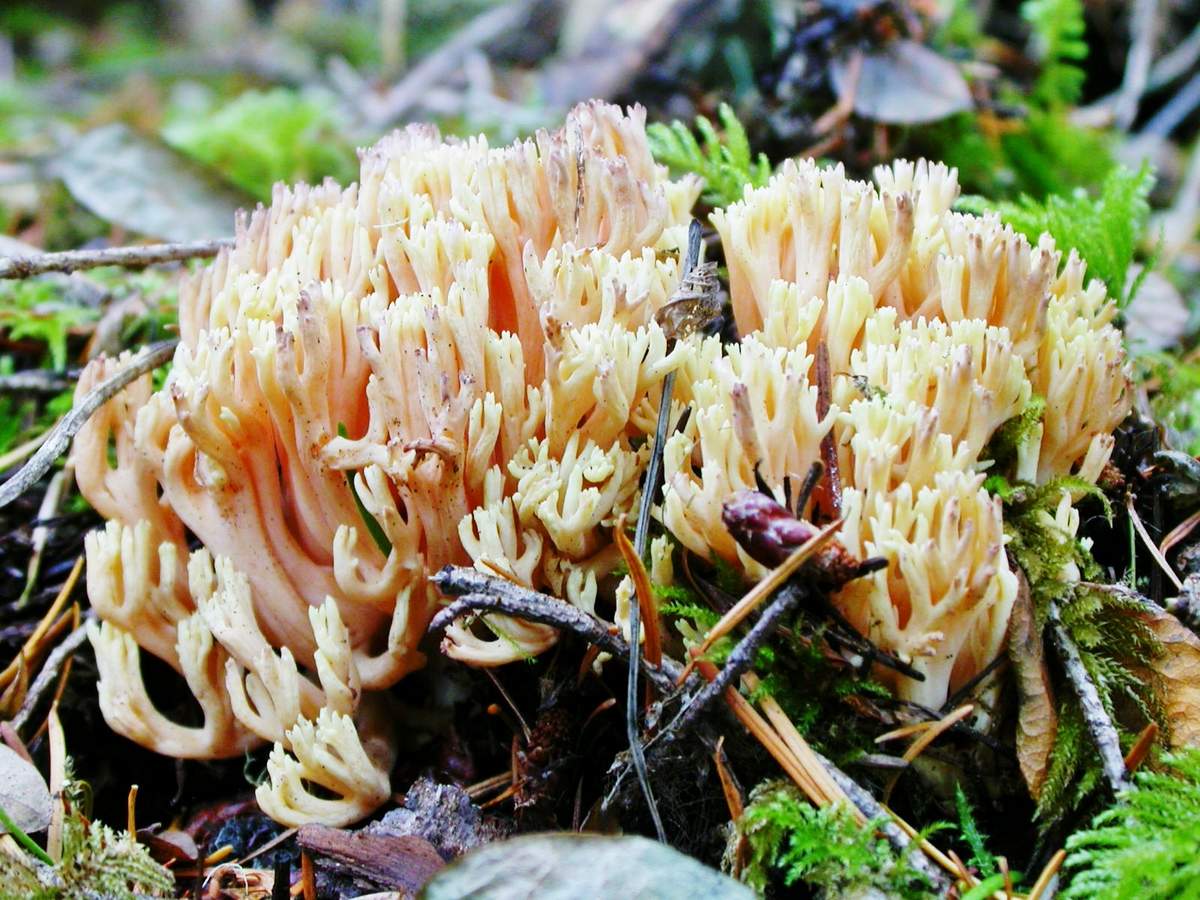

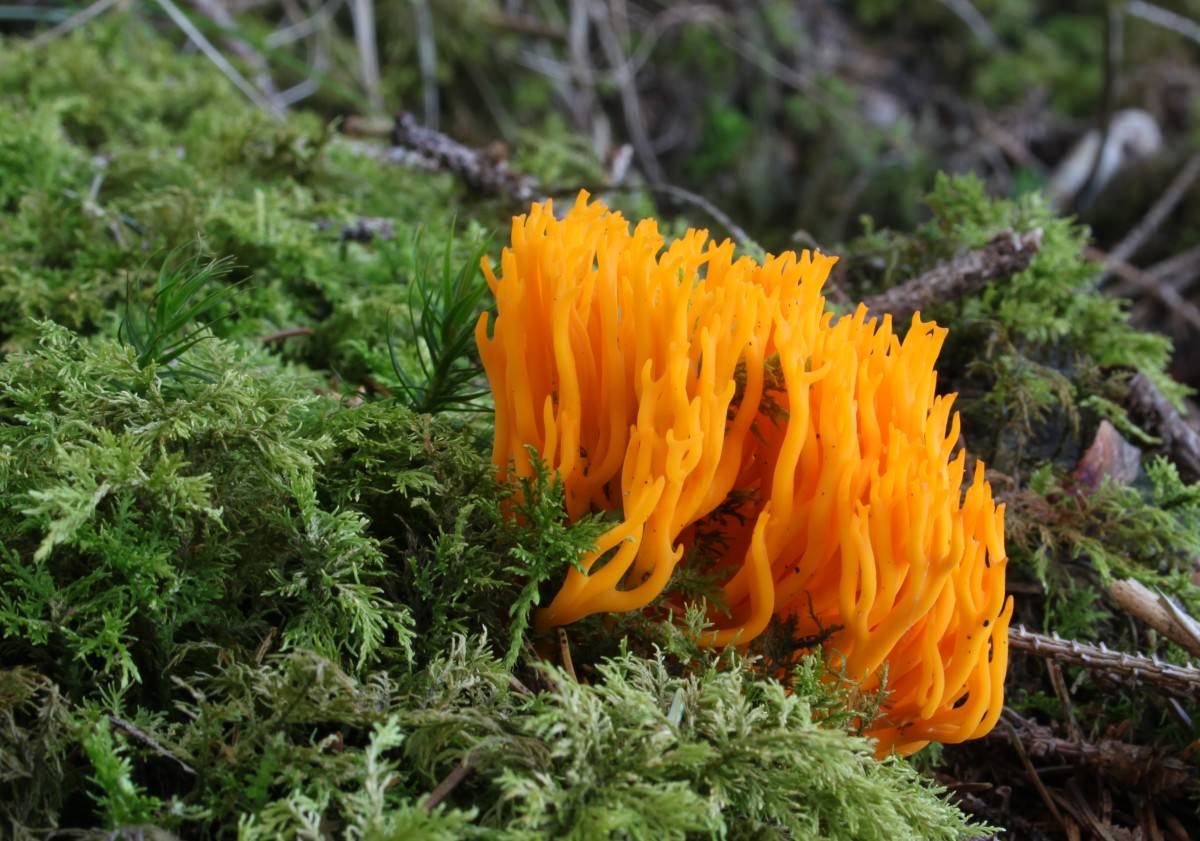
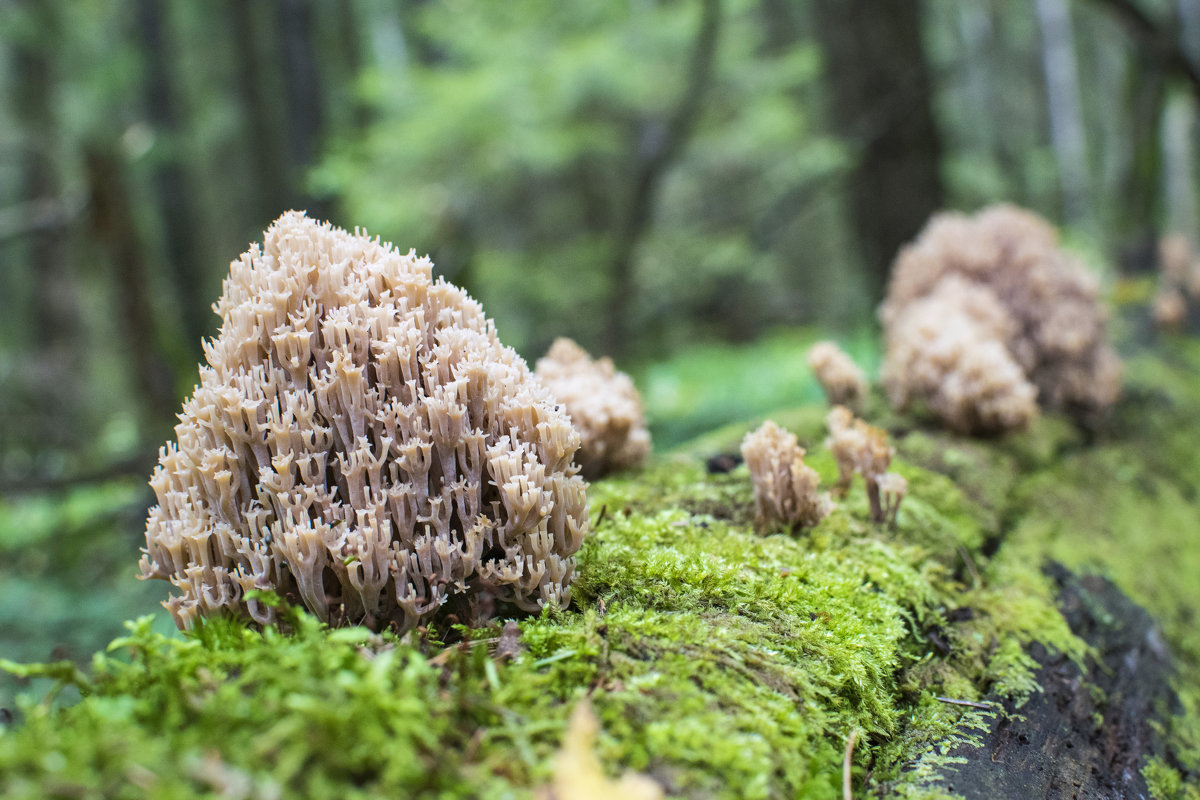
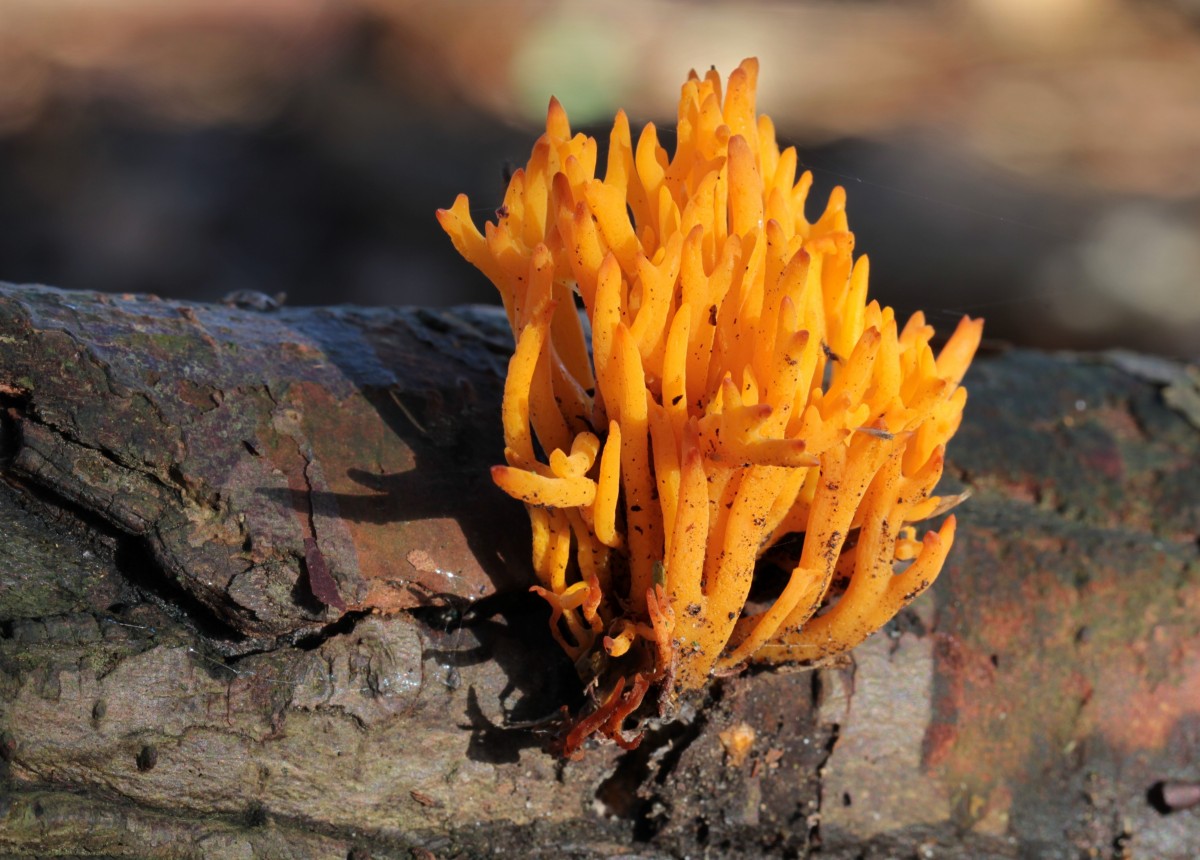
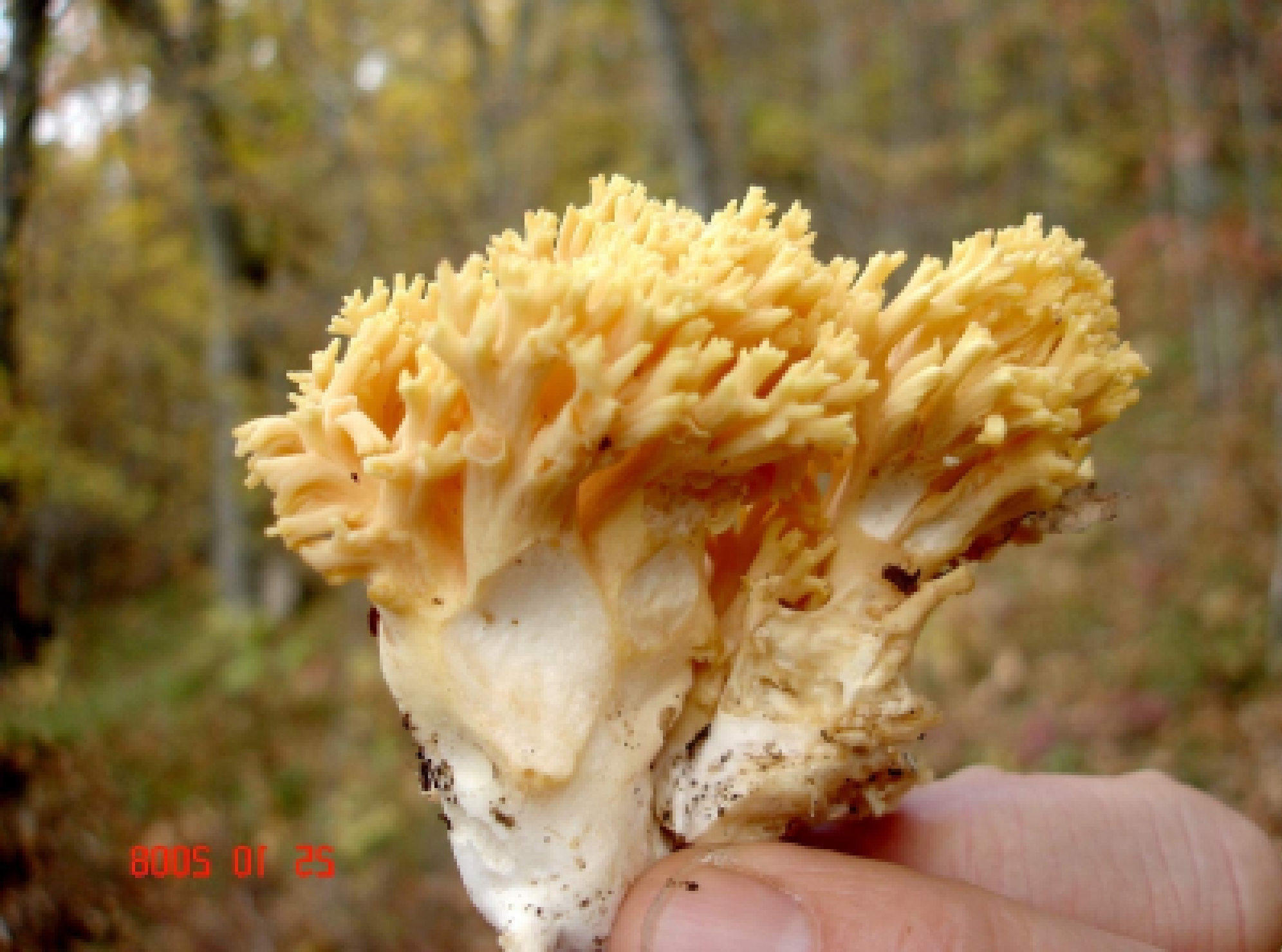
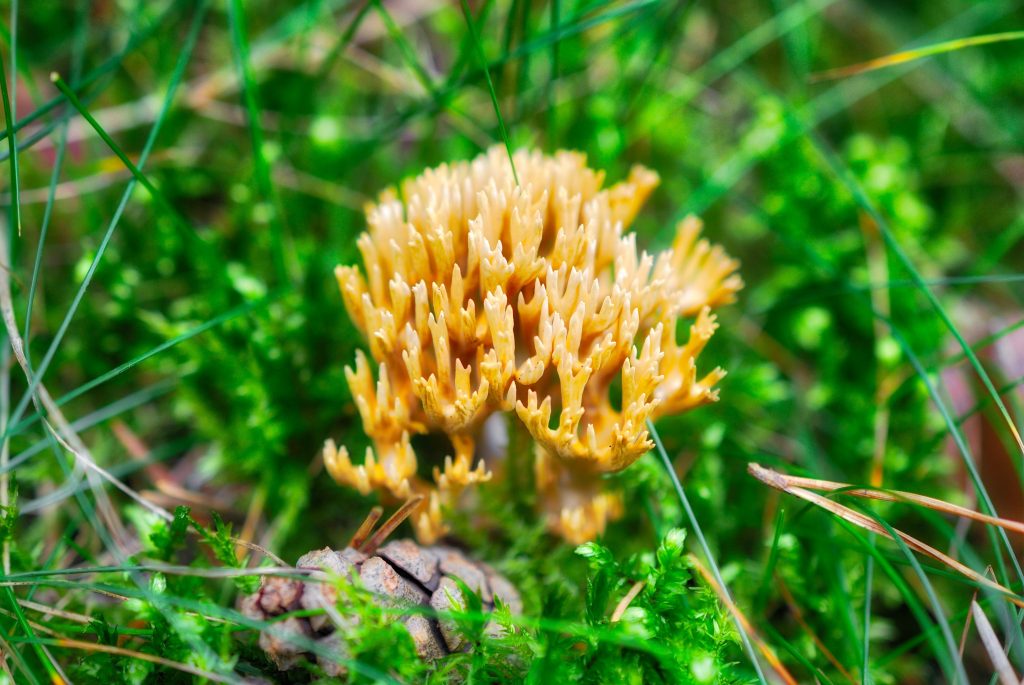
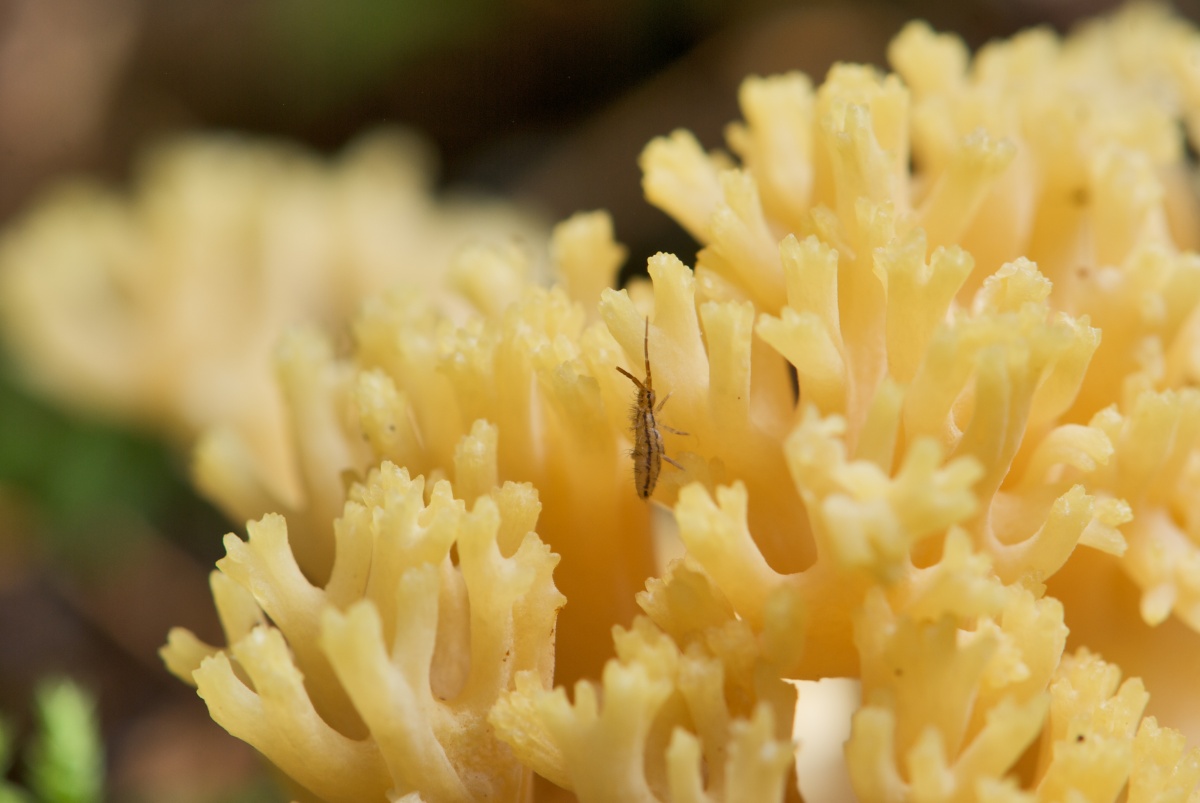
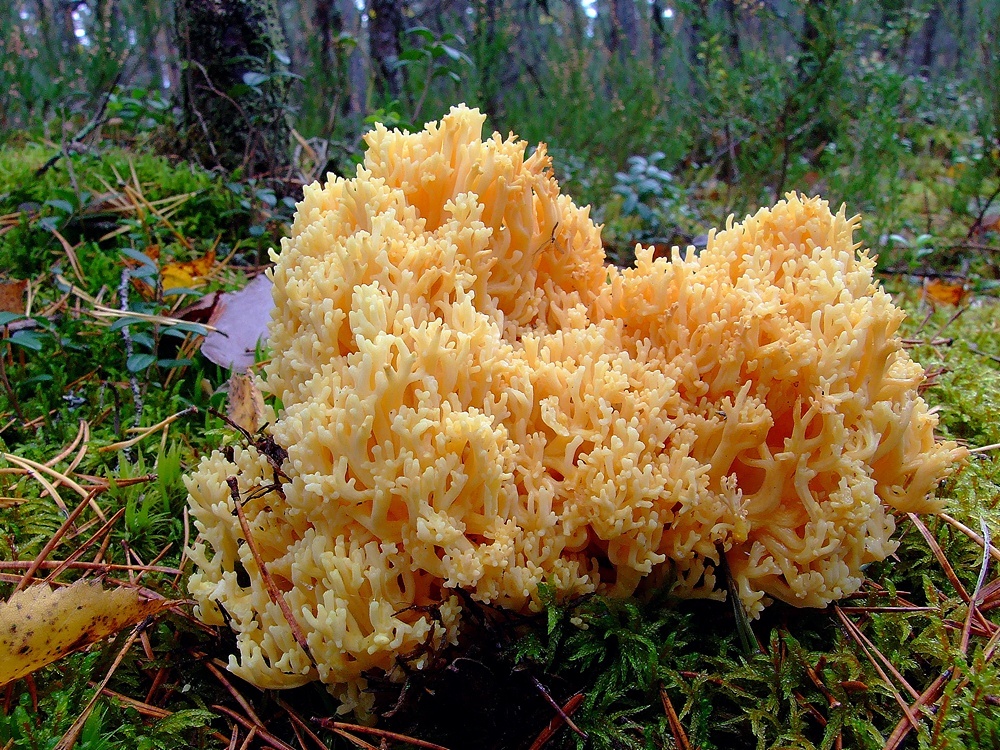
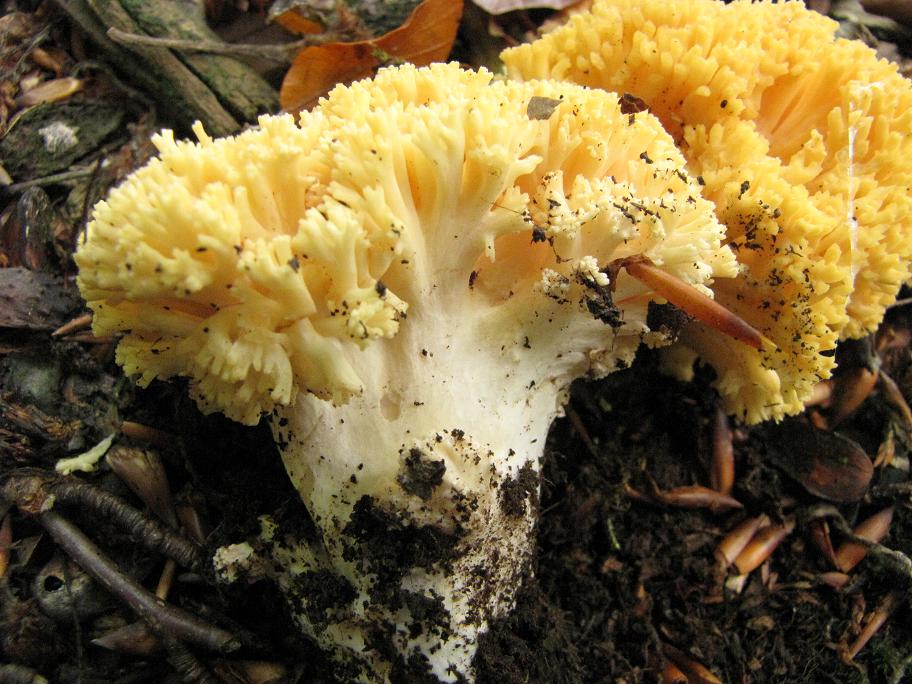
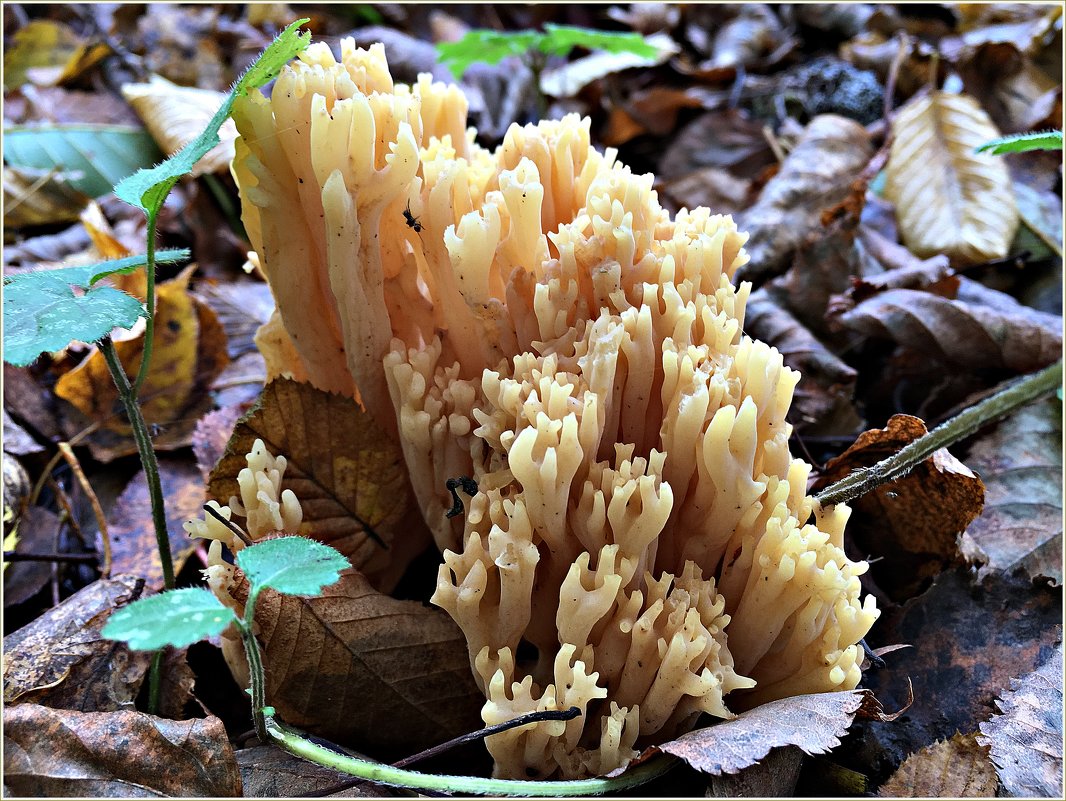
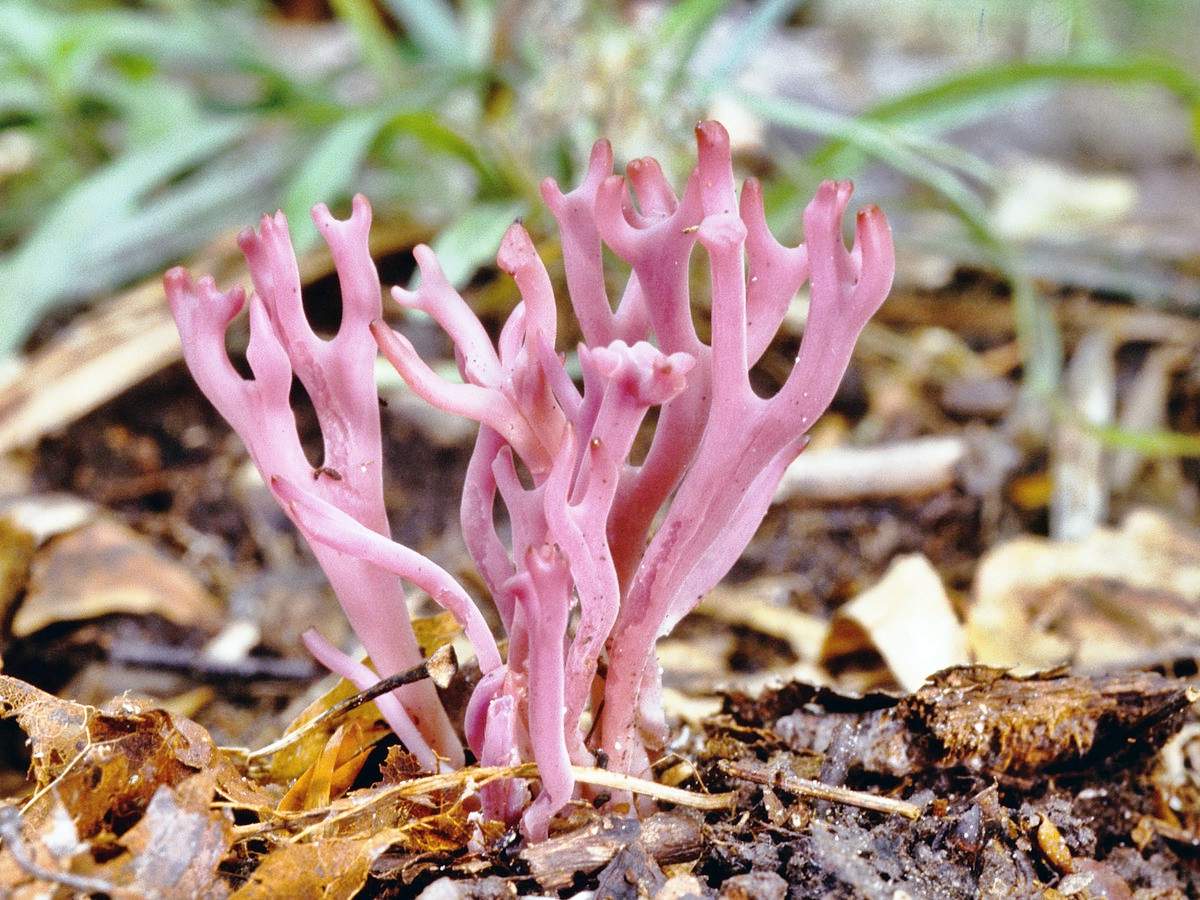
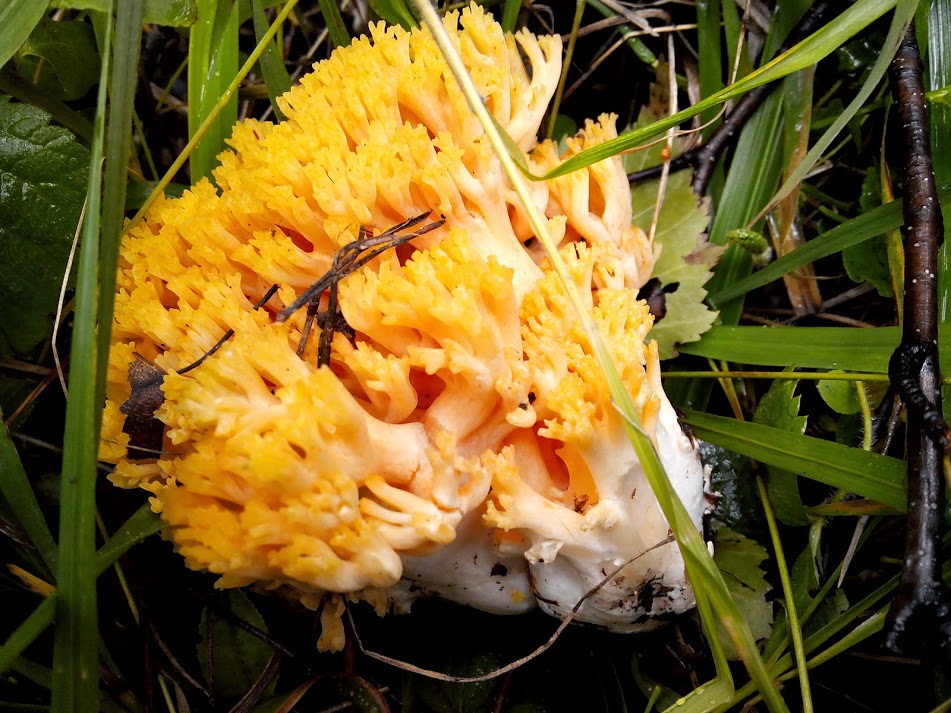



 Care and use of Kombucha at home (+22 photo)
Care and use of Kombucha at home (+22 photo) Edibility of the fungus of the motley umbrella and its description (+19 photo)
Edibility of the fungus of the motley umbrella and its description (+19 photo) Description of edible and inedible oils, their poisonous counterparts (+40 photos)
Description of edible and inedible oils, their poisonous counterparts (+40 photos) Useful properties of milk mushroom and its contraindications (+17 photos)
Useful properties of milk mushroom and its contraindications (+17 photos)
Michael
Coral-shaped hedgehog and “deer horns” are 2 DIFFERENT mushrooms. And do not fool others. And then you will call the pale grebe “white champignon”.